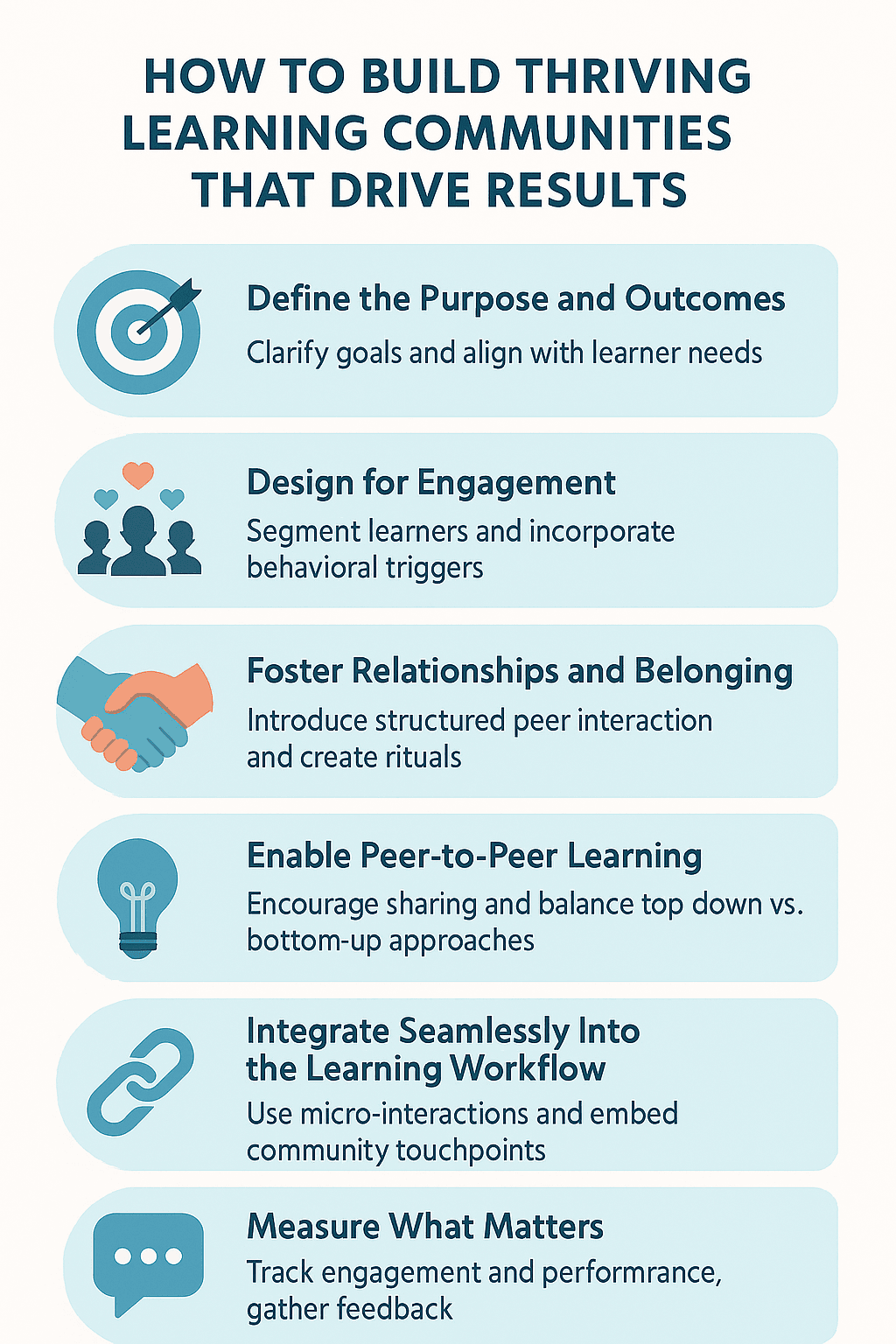Introduction and Overview
Creating engaging online course content isn’t just about dumping information onto a page – it’s about crafting an experience that transforms your students’ lives. As someone who’s helped hundreds of course creators develop their programs, I’ve seen firsthand how the right curriculum design can make the difference between students who thrive and those who struggle to complete the course.
Here’s the thing: your expertise is valuable, but it needs to be packaged in a way that your students can actually digest and implement. Think of curriculum design like creating a recipe – you need the right ingredients (your knowledge), the correct measurements (content organization), and clear instructions (delivery methods) to help your students achieve their desired outcome.
When we talk about engaging course content, we’re focusing on three core elements: structure that makes sense, content that connects, and delivery that sticks. Your students aren’t just looking for information – they can find that anywhere. They’re looking for transformation, and that requires thoughtful planning and strategic content development.
Throughout this guide, we’ll explore proven strategies for developing course content that not only keeps your students engaged but also helps them achieve real results. We’ll look at everything from mapping out your curriculum to choosing the right content formats and creating compelling learning activities. Whether you’re creating your first course or revamping an existing program, these principles will help you build something your students will love.
Before we dive into the specifics, remember that great course content is iterative. You don’t have to get everything perfect on your first try. Start with a solid foundation, gather feedback from your students, and continuously refine your approach. The best courses evolve over time as you better understand your students’ needs and learning preferences.
Foundation Concepts and Planning
Before diving into course creation, you need a rock-solid foundation that will support your entire curriculum. Here’s the thing: many course creators jump straight into creating content without first establishing their core learning objectives and student outcomes. This often leads to scattered content that doesn’t deliver the transformation your students are seeking.
Start by clearly defining what success looks like for your students. What specific skills, knowledge, or capabilities will they have after completing your course? Write these down as measurable outcomes – instead of “understand marketing,” aim for something concrete like “create a complete marketing plan for their business” or “launch their first successful email campaign.”
Your course structure should follow a logical progression that builds confidence while maintaining momentum. Think of it as creating stepping stones across a stream – each lesson should naturally lead to the next, with no overwhelming jumps or gaps in knowledge. Map out your main modules first, then break them down into digestible lessons that each serve a specific purpose in your students’ journey.
Consider your students’ starting point and potential obstacles they might face. If you’re teaching advanced photography techniques, you might need to include a quick refresher on camera basics. If you’re teaching business systems, you might need to account for different technology comfort levels. Building in these support elements from the start helps ensure no student gets left behind.


Time management is another crucial foundation element. Your students are busy people with multiple commitments. Design your curriculum with realistic completion timeframes – I recommend planning for about 20-30 minutes per lesson. This keeps things manageable while maintaining steady progress. Include estimated completion times for each section to help students plan their learning journey.
The key is creating a framework that’s both comprehensive and flexible. While you want a clear structure, leave room for different learning styles and paces. Some students will want to dive deep into every resource, while others prefer a streamlined path to quick wins. Your foundation should accommodate both approaches while keeping everyone moving toward those clearly defined outcomes.
Step-by-Step Implementation Guide
Here’s the thing about creating engaging course content – success lies in following a systematic approach that puts your learners first. Let’s break down the implementation process into manageable steps that will help you create content that truly resonates with your audience.
Start by crafting your course outline with clear learning objectives. Think about what your students should be able to do after completing each module. Rather than just listing topics, frame objectives in terms of actionable outcomes. For example, instead of “Email Marketing Basics,” write “Create and schedule your first automated email sequence.”
Next, develop your core content modules by working backward from these objectives. Each module should build naturally upon the previous one, creating a logical progression that prevents overwhelm. I recommend starting with a quick win in your first module – something that gives students immediate results and builds their confidence for tackling more complex concepts later.
When creating individual lessons, focus on variety in your content delivery. Mix video demonstrations with written guides, infographics, and interactive elements. Keep videos concise – ideally 5-10 minutes – and include timestamps for easy reference. Support visual content with downloadable resources like worksheets, templates, or checklists that help students implement what they’re learning.
The key is incorporating active learning opportunities throughout your course. After each major concept, include practical exercises that allow students to apply their new knowledge. Consider adding reflection questions, project-based assignments, or peer discussion prompts. These engagement points help cement learning and keep students motivated.
Finally, create a robust feedback loop. Include surveys at key points in your course to gather student input. Pay attention to where students commonly get stuck or drop off, and be prepared to iterate on your content. Consider adding office hours or a community component where students can ask questions and support each other.
Remember to review and update your content regularly based on student feedback and results. Fresh examples, updated resources, and refined explanations based on common questions will help ensure your course continues to deliver value and achieve the desired learning outcomes.
Advanced Strategies and Techniques
Now that you’ve mastered the basics of course creation, let’s dive into some sophisticated strategies that will take your content from good to exceptional. The key is to think beyond basic video lessons and quizzes – you want to create an immersive learning experience that keeps students engaged and ensures they achieve meaningful results.
Consider implementing spaced repetition in your course design. Instead of dumping all related information into one massive module, strategically space out concept reinforcement across multiple lessons. For example, if you’re teaching photography, introduce basic composition in week one, then weave those principles back into later lessons about lighting and advanced techniques. This approach helps information stick in your students’ long-term memory.
Another powerful technique is scenario-based learning. Create realistic situations where students must apply what they’ve learned to solve actual problems. If you’re teaching social media marketing, present them with a case study of a struggling business and ask them to develop a comprehensive strategy using the concepts you’ve covered. This practical application builds confidence and demonstrates real-world relevance.
Gamification can transform how students interact with your content. But I’m not just talking about adding points and badges – think deeper. Design challenges that unlock special content, create branching scenarios where choices matter, or implement progress bars that show meaningful skill development. When implementing these elements, always tie them back to learning objectives rather than just making them decorative features. For an in-depth look at breaking content into manageable chunks, check out our guide on how to create microlearning courses.
Personalization is another advanced strategy that yields impressive results. Use conditional content to provide different examples or explanations based on your students’ industry, experience level, or learning preferences. This targeted approach helps students see themselves in the material and makes the learning experience feel custom-tailored to their needs.
Remember to incorporate active recall opportunities throughout your course. Instead of just presenting information, regularly prompt students to retrieve and apply what they’ve learned through interactive exercises, teaching opportunities, or project-based assignments. This strengthens neural pathways and leads to better long-term retention of the material.
Common Challenges and Solutions
Creating engaging course content isn’t always smooth sailing, and that’s completely normal. Here’s the thing: even experienced course creators face obstacles, but knowing how to navigate them makes all the difference in delivering content that truly resonates with your students.
Another common hurdle is creating content that works for different learning styles. Some students are visual learners, while others prefer reading or hands-on practice. The solution is to provide multiple ways to engage with your material. For example, if you’re teaching a graphic design concept, include a video demonstration, written instructions with screenshots, and a practice exercise where students can apply the technique themselves.
Technical overwhelm is something many course creators struggle with, especially when trying to implement various content types and features. Start simple and gradually expand your technical toolkit. Focus first on delivering your core content effectively through basic video and text, then progressively add more sophisticated elements like quizzes, assignments, and interactive components as you become more comfortable with your course platform.
| Feature | Benefit | Use Case |
|---|---|---|
| Drip Content | Increases engagement | Course progression control |
| Quiz & Assessments | Validates learning | Student progress tracking |
| Certificates | Motivates completion | Professional development |
| Community Access | Builds loyalty | Student interaction |
Perfectionism can also be a major roadblock. Remember that your first version doesn’t need to be perfect – it needs to be helpful. Start with a solid foundation and improve based on student feedback. Your students will appreciate seeing your course evolve and grow with their needs, and they’ll feel more connected to you as an instructor when you actively respond to their input.
Time management during content creation often poses challenges too. Break your course development into smaller, manageable tasks. Set aside specific blocks of time for content creation, and use a content calendar to stay organized. This approach helps prevent burnout while ensuring steady progress toward your course completion goals.
Best Practices and Optimization
Here’s the thing about creating engaging course content – it’s not just about dumping information into modules. The most effective courses balance educational value with student engagement, carefully optimizing each element for maximum impact. Let’s explore how to fine-tune your content for the best possible results.
Start by chunking your content into digestible segments that respect cognitive load. Rather than creating hour-long videos, break them down into focused 5-10 minute segments that tackle one concept at a time. This approach aligns perfectly with microlearning principles, which have been shown to improve retention and completion rates. You can learn more about implementing this strategy in our step-by-step microlearning guide.
Engagement thrives on variety, so incorporate different content types throughout your modules. Mix video lessons with written content, interactive quizzes, practical exercises, and reflection prompts. This multi-modal approach caters to different learning styles while maintaining interest. When creating videos, invest in good lighting and audio quality – these technical elements significantly impact how students perceive your course’s value.
Regular testing and iteration are crucial for optimization. Pay attention to your completion rates and student feedback. Which modules see the highest engagement? Where do students typically drop off? Use these insights to refine your content. Sometimes, simply reorganizing material or adding more examples can dramatically improve understanding.
Remember to build in active learning opportunities throughout your course. Instead of passive consumption, encourage students to apply what they’re learning through practical assignments, peer discussions, or real-world projects. The most successful courses create a bridge between theory and practice, helping students see tangible progress in their skills.
Finally, maintain a consistent review and update schedule for your content. Set calendar reminders to revisit your material every few months, ensuring examples stay relevant and information remains current. Fresh, updated content not only serves your students better but also demonstrates your ongoing commitment to their success.
Case Studies and Examples
Let me share some real-world examples of course content that truly delivered results. Here’s the thing: seeing how others have succeeded can help you visualize what’s possible for your own course creation journey.
Take Sarah, a yoga instructor who transformed her in-person teaching into an online course. Instead of just recording hour-long classes, she broke down complex poses into 5-minute micro-lessons. Each lesson included multiple camera angles, clear verbal cues, and common mistake corrections. Her completion rates soared to 85% compared to her earlier attempts at longer-format videos, and students reported feeling more confident in their practice.
| Feature | AccessAlly | Alternative |
|---|---|---|
| Course Creation | ✅ Advanced drag-drop builder | ❌ Basic editor only |
| Member Management | ✅ Built-in CRM system | ❌ Requires third-party tools |
| Payment Processing | ✅ Multiple gateways supported | ❌ Limited options |
| Integration | ✅ WordPress native | ❌ External platform |
For comprehensive guidance on course creation platforms, see this detailed analysis from WPBeginner Training Course Showcase.
Another inspiring example comes from Marcus, a business consultant who taught financial planning. His initial course had low engagement until he revolutionized his approach. He incorporated real-world scenarios where students had to make financial decisions, followed by detailed breakdowns of the consequences. He added interactive worksheets and decision trees that students could use to practice concepts immediately. The result? His student success stories tripled, and many reported implementing their learning within days of completing modules.
Consider also Elena’s language learning course. She noticed students struggling with traditional lesson structures, so she developed a unique “story-based” curriculum. Each module wrapped grammar concepts into engaging narratives, with characters facing realistic situations. Students practiced through role-playing exercises and interactive dialogues. This approach led to a 92% satisfaction rate and remarkable retention statistics.
The key lesson from these success stories is that engagement comes from making content relatable and immediately applicable. Whether you’re teaching technical skills or creative arts, your students need to see themselves in the material and understand how to apply it in their own lives.
What made these courses successful wasn’t just the information they contained – it was how that information was structured, presented, and reinforced through practical application. Each creator found unique ways to break down complex topics into digestible pieces while maintaining a clear connection to real-world implementation.
Future Considerations and Conclusion
As you continue developing your course content, remember that the digital learning landscape is constantly evolving. Here’s the thing: what works today might need adjustment tomorrow. Stay flexible and be prepared to incorporate new teaching methodologies, emerging technologies, and changing student preferences into your course design.
Consider building adaptability into your curriculum from the start. This might mean creating modular content that can be easily updated, incorporating multimedia elements that can be swapped out as needed, and designing assessments that can be modified to match evolving learning objectives. Your course shouldn’t be set in stone – think of it as a living document that grows and changes with your students’ needs.
Student feedback will be your most valuable tool for future improvements. Set up regular feedback loops through surveys, discussion forums, and direct communication. Pay attention to completion rates, engagement metrics, and student success stories. Use this data to make informed decisions about course updates and refinements.
Technology will continue to shape online education. Stay informed about new learning platforms, AI-powered tools, and interactive features that could enhance your course delivery. However, don’t feel pressured to adopt every new trend – focus on technologies that genuinely support your learning objectives and improve the student experience.
The key is to maintain a balance between innovation and proven educational principles. While embracing new teaching methods and tools, don’t lose sight of the fundamental goal: creating meaningful learning experiences that transform knowledge into practical skills. Your course content should always serve this primary purpose, regardless of how you choose to deliver it.
By staying committed to continuous improvement, maintaining open communication with your students, and thoughtfully incorporating new educational approaches, you’ll create course content that remains relevant, engaging, and effective for years to come.







